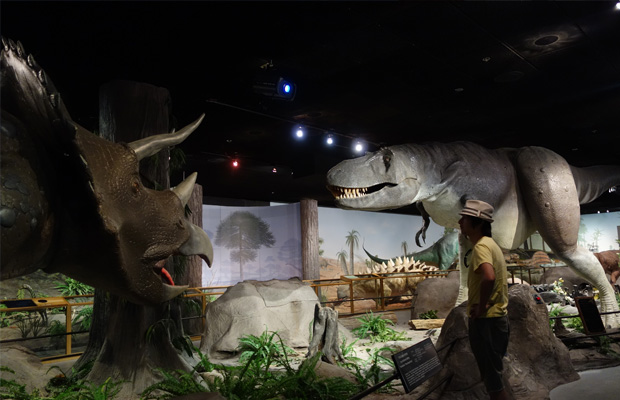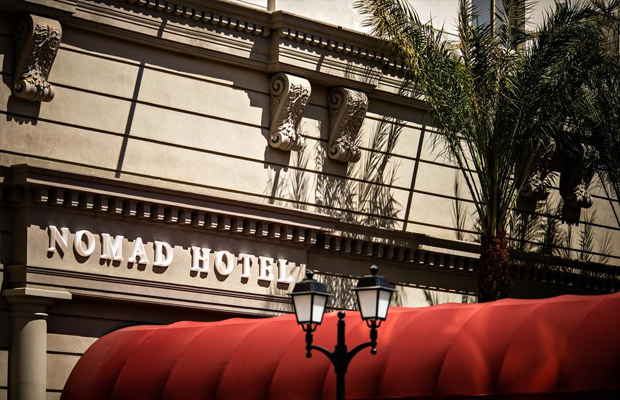Red Rock Canyon National Conservation Area
Red Rock Canyon National Conservation Area
USA
Las Vegas
Las Vegas Travel Guide
Book Tour & Activities
Your tour in Las Vegas.
Book your stay
Your hotel in Las Vegas.
Overview
The Red Rock Canyon National Conservation Area in Clark County, Nevada, is an area managed by the Bureau of Land Management as part of its National Landscape Conservation System, and protected as a National Conservation Area. It is about 15 miles west of Las Vegas, and is easily seen from the Las Vegas Strip. More than three million people visit the area each year.
The Red Rock Canyon National Conservation Area in Clark County, Nevada, is an area managed by the Bureau of Land Management as part of its National Landscape Conservation System, and protected as a National Conservation Area. It is about 15 miles west of Las Vegas, and is easily seen from the Las Vegas Strip. More than three million people visit the area each year. The conservation area showcases a set of large red rock formations: a set of sandstone peaks and walls which were formed by thrust faults including the Keystone Thrust. The walls are up to 3,000 feet high, making them a popular hiking and rock climbing destination. The highest point is La Madre Mountain, at 8,154 feet. A one-way loop road, 13 miles long, provides vehicle access to many of the features in the area. Several side roads and parking areas allow access to many of the area trails. A visitor center is at the start of the loop road. The loop road is also popular for bicycle touring; it begins with a moderate climb, then is mostly downhill or flat.
History
Native Americans
Lomatium parryi, a common plant consumed by early Native Americans
The first humans were attracted to the Red Rock area due to its resources of water, plant, and animal life that could not be easily found in the surrounding desert. Hunters and gatherers such as the historical Southern Paiute and the much older Archaic, or Desert Culture Native Americans, have successively occupied this area.
As many as six different Native American cultures may have been present at Red Rock over the millennia. The following chronology is an approximation, from the present to ancient pre-history:
- Southern Paiute- 900 to modern times
- Patayan Culture - 900 to early historic times in the 1800s
- Anasazi - 1 AD to 1150.
- Pinto/Gypsum- (Archaic) 3500 BC to 1 AD.
- San Dieguito - 7000 to 5500 BC.
- Paleo-Indians (Tule Springs)- 11,000 to 8000 BC.
Numerous petroglyphs, as well as pottery fragments, remain today throughout the area. In addition, several roasting pits used by the early Native Americans at Red Rock provide further evidence of human activity in the past.
Modern history
In the early 20th century, around the time the first European Americans settled in nearby Las Vegas, the Excelsior Company operated a small sandstone quarry near the northern area of the scenic loop. It proved to be uneconomical and was shut down. Evidence of the quarry's existence includes some of the huge sandstone blocks that have been left behind.
The Red Rocks have been a film location for such movies as Roy Rogers and his horse Trigger in Bells of San Angelo (1947) and was a location for The Stalking Moon with Gregory Peck in 1968.
In 1967, the Bureau of Land Management designated 10,000 acres (16 sq mi; 40 km2) as the Red Rock Recreation Lands. In 1973, the U.S. House of Representatives subcommittee on Federal Conservation Areas held a special hearing in the Foley Federal Office Building in downtown Las Vegas to review a legislative resolution sponsored by Nevada's lone Congressman David Towell (R-NV) to establish the Red Rock Conservation Area by transferring Federal land to the State of Nevada. Testimony in favor of the bill was given by the Sierra Club and a high school student and environmental activist, Dennis Causey. The subcommittee unanimously approved the resolution sending it to the full Committee on the Interior and subsequently to the full House followed by favorable action by the U S. Senate and approval by President George H. Bush. Further legislation in 1990 changed the status of the Red Rock Recreation Lands to a National Conservation Area, a status that also provides funds to maintain and protect it. The Federal area was adjacent to the Red Rock State Park.
The Howard Hughes Corporation, developer of Summerlin, has transferred land adjacent to the protected area, to provide a buffer between development and the conservation area. On the west side, Red Rock Canyon National Conservation Area is adjacent to the Spring Mountains National Recreation Area.
Biology
The conservation area is one of the easternmost parts of the Mojave Desert; the lowest elevation of the area, from 3,600 to 4,500 feet (1,100 to 1,400 m), is in the Lower Sonoran Zone, while the area from 4,500 feet (1,400 m) up is in the Upper Sonoran Zone. The character of the sandstone layers is such that a number of year-round springs may be found in the recesses of the side canyons.
Some 600 species of plants are known in the area. Common types in the valley floor include the Joshua tree, Mojave yucca, banana yucca, creosote, and blackbrush. Higher up the Utah juniper and Sonoran scrub oak[6] (also called scrub live oak) come to dominate. Agave is easy to spot in red rock niches, with its thick low leaves and flowering stem that reaches twice the height of a man. The Calico Tanks trail has a plaque about prehistoric agave roasting pits. Ponderosa pines may be found at the top of the valley, where it connects to the Spring Mountains.
Wild burros are a familiar sight, as are rabbits and ground squirrels. Desert bighorn sheep are occasionally seen at higher elevations. During rare spring and summer rainstorms, tiny red-spotted toads can be seen emerging from pools of water.
The Conservation Area is protected habitat for the desert tortoise. A habitat at the Visitor Center houses eight females and two males.
Video Travel Inspiration
See Red Rock Canyon National Conservation Area on Map
Most Popular Cities

Siem Reap
Cambodia
Ho Chi Minh City
Vietnam
Beijing
China
Paris
France
London
United Kingdom
New York
USA
Tokyo
Japan
Bangkok
Thailand
Seoul
South Korea
Vientiane
Laos
Yangon
Myanmar
Washington DC
USA
Los Angeles
USA
Ottawa
Canada
New Delhi
India
Singapore
Singapore
Kuala Lumpur
Malaysia
 English
English French
French Khmer
Khmer Thai
Thai Vietnamese
Vietnamese Chinese
Chinese Korean
Korean German
German Japanese
Japanese Italian
Italian Russian
Russian Spanish
Spanish Dutch
Dutch Indonesian
Indonesian Malay
Malay






































